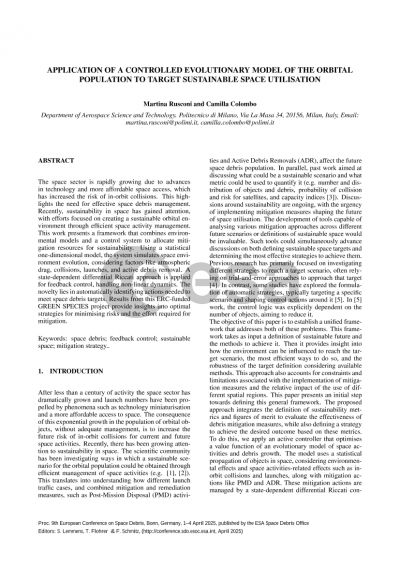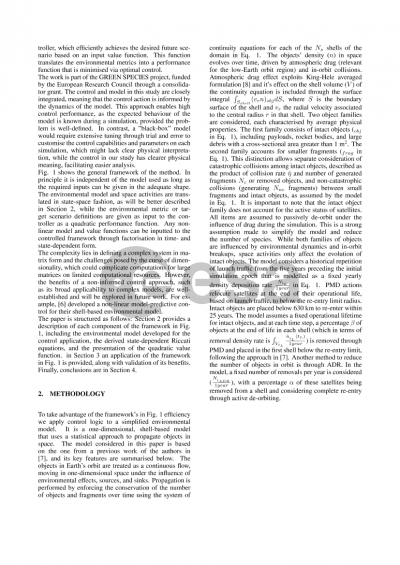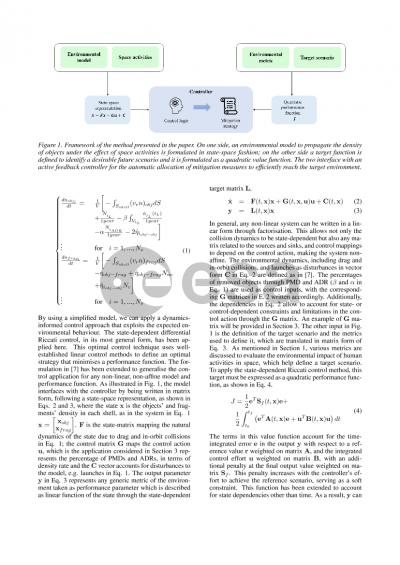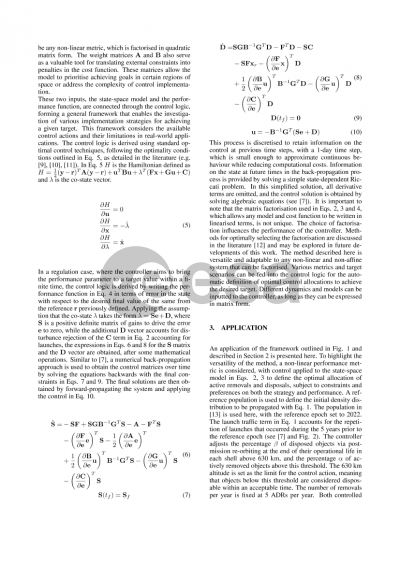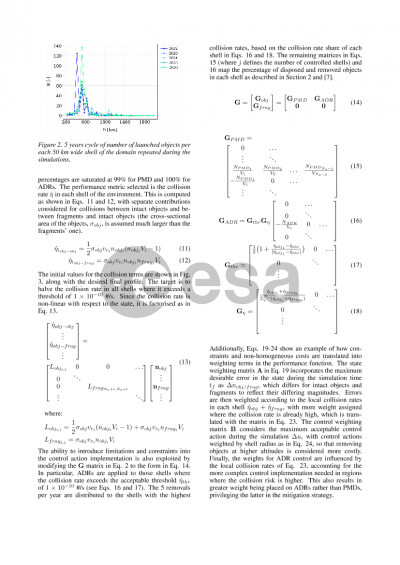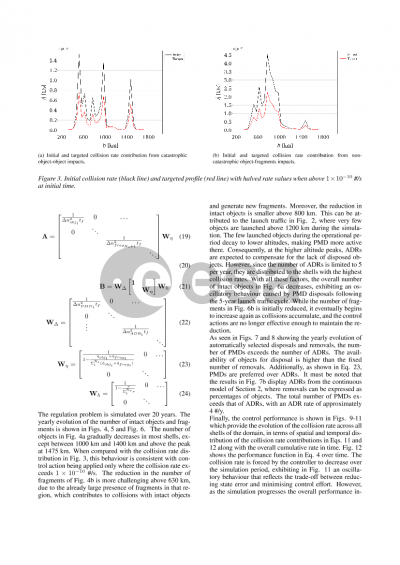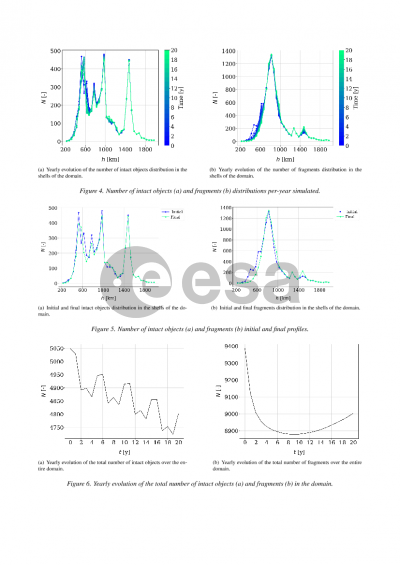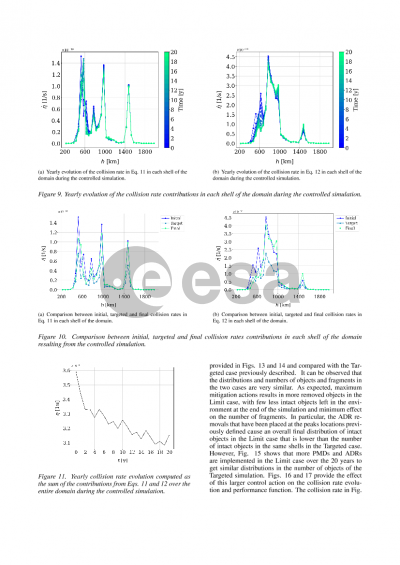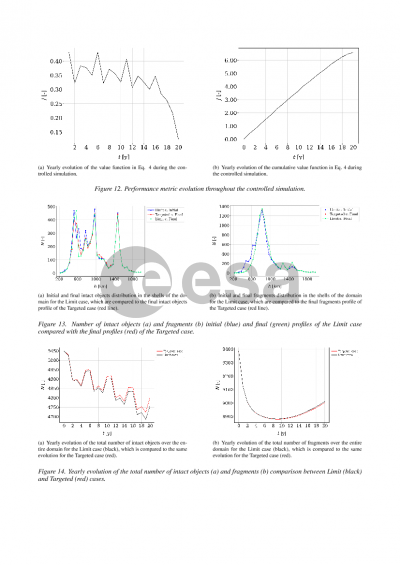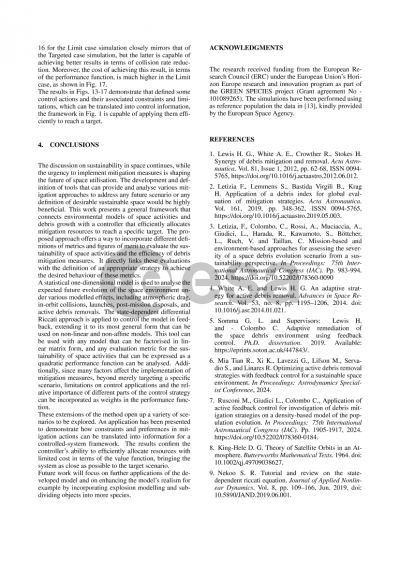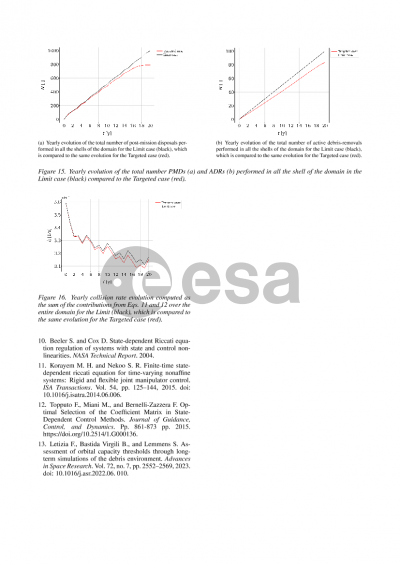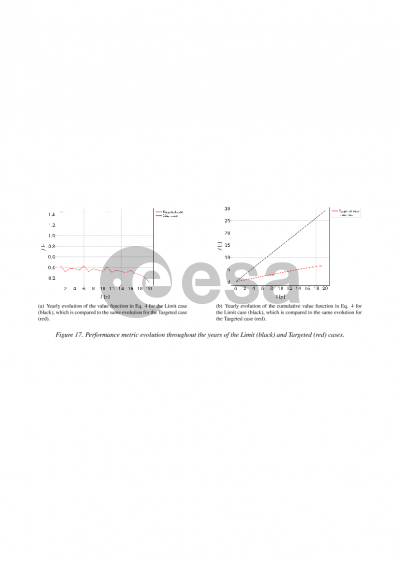Document details

Abstract
After less than 100 years of activity the space sector has dramatically grown and launch numbers have been propelled by phenomena such as technology miniaturisation and a more affordable access to space. The consequence of this exponential growth in the orbital objects population, without an adequate management, is to increase the future risk of in-orbit collisions for current and future space activities.
Recently, sustainability in space and adequate exploitation of orbital capacity have received increasing attention. The scientific community has been investigating ways in which a sustainable scenario for the orbital population could be obtained through efficient management of space activities (e.g. [H.G. Lewis et al., Acta Astronautica 2012], [F. Letizia et al., Acta Astronautica 2019]). This translates into understanding how different launch traffic cases, and combined mitigation and remediation measures, such as post-mission disposal activities and active debris removals, affect the future space debris population. On the other hand, past work also aimed at discussing what could be a sustainable scenario and what metric could be used to quantify it (e.g. number and distribution of objects and debris, probability of collision and risk for satellites, and capacity indices [F. Letizia et al., IAC 2024]).
In this paper we exploit the controlled evolutionary model of objects in space developed at Politecnico di Milano, as part of the ERC-funded GREEN SPECIES project, to investigate different definitions of a target scenario and analyse the strategy to achieve it. The novelty of this work lays in the automatic identification by a feedback controller of the required actions to target a specific future of the space objects population. The results aim to provide further scientific contributions to the ongoing debate on how to achieve a sustainable use of space.
The system developed for the analyses exploits a statistical model of the orbital environment in which debris and intact objects move in a one-dimensional domain binned in spherical shells. Object densities evolve under the effects of atmospheric drag, in-orbit fragmentations and explosions, launches, post-mission disposals and active-debris removals. An optimal control problem is defined as the minimisation of a cost function by tuning the input profiles. A state-dependent linear feedback control logic is integrated to automatically define the control strategy and approach the target scenario identified with the cost. The performance parameter is quadratic in state and control effort; however, the state-dependent formulation allows to include nonlinear functions through linear factorisation.
The cost of the control problem is used to define a target for the controller. Different scenarios are considered in terms of desired profile or thresholds of objects distribution in space, collision probability among species, risk for intact objects or allocated capacity. Combinations of the possible control inputs modelled will provide strategies to minimise the cost, highlighting the most efficient measures by which humans can influence the environment based on purpose. The results are compared in terms of control effort (i.e. number of disposals, removals or launches) and performance in the ability to achieve the goal.
Preview
